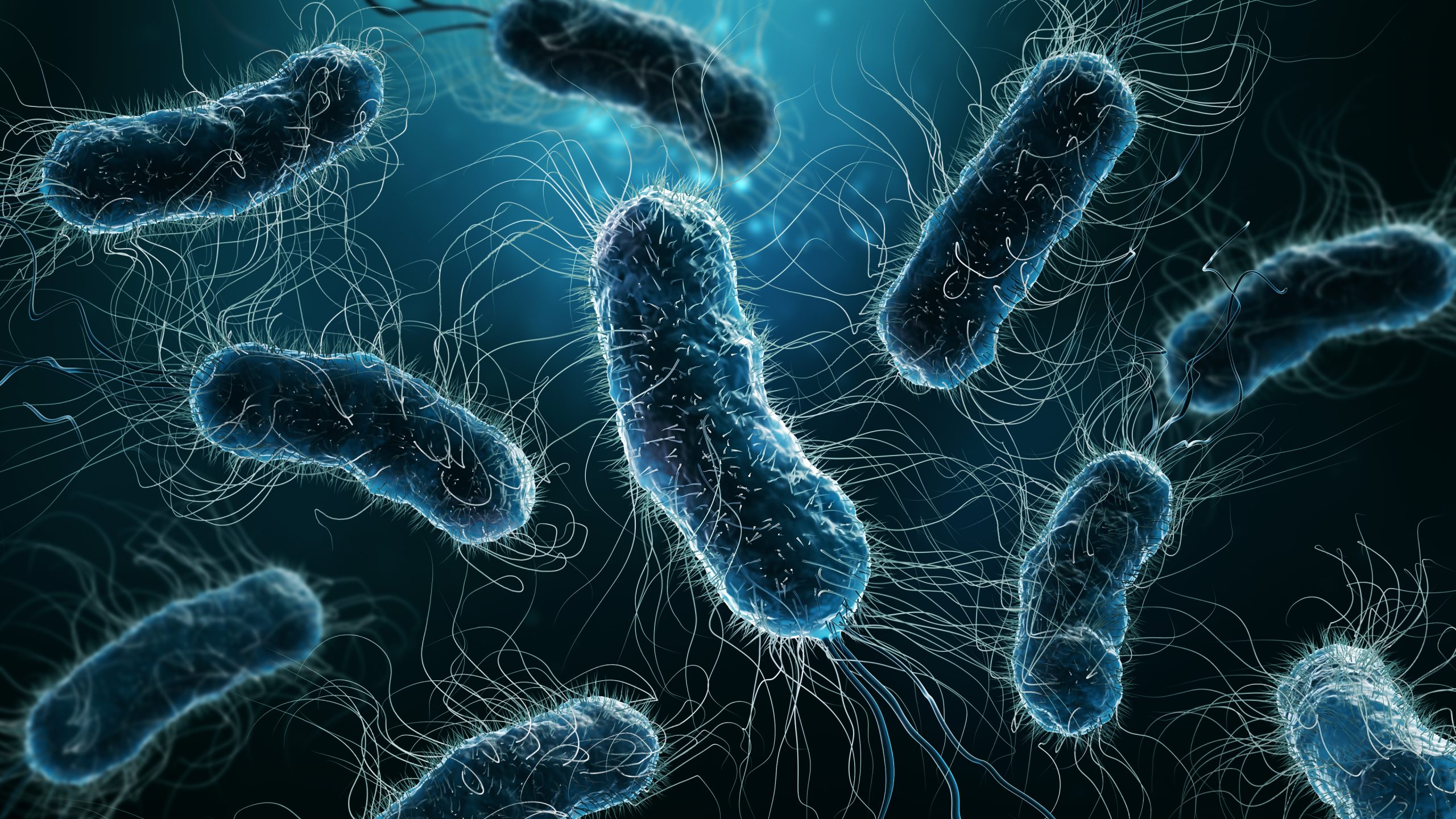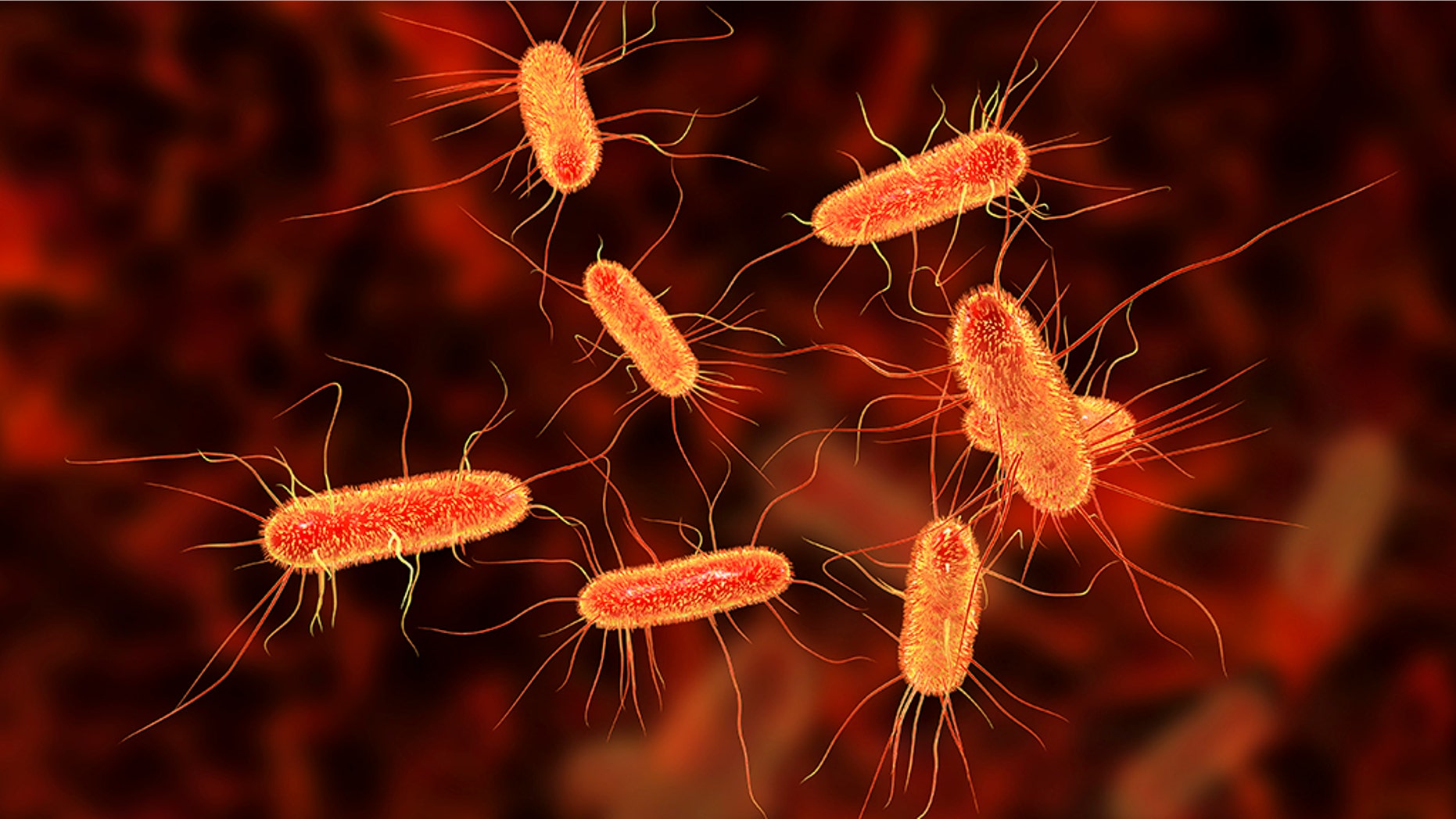Understanding The Colon: Your Guide To A Healthy Gut System
Ever wondered what happens to the food after it leaves your stomach? The answer lies, in part, within your colon, a critical organ often overlooked but absolutely essential for overall health and well-being. This final section of the digestive tract isn't just about waste; it's a dynamic hub of activity that impacts everything from hydration to immunity.
The colon, also known as the large intestine, is a powerhouse of the digestive system. It is the final part of the digestive system in vertebrates. Its primary functions include absorbing water and electrolytes from indigestible food matter, processing waste products, and preparing for their elimination from the body. This intricate process is essential for maintaining fluid balance, nutrient absorption, and overall metabolic health. It's comprised of four main sections, each playing a vital role in the digestive process. These sections are the ascending colon, transverse colon, descending colon, and sigmoid colon, forming a continuous pathway for waste processing and elimination.
| Term | Description |
| Scientific Name | Large Intestine |
| Main Functions | Water absorption, electrolyte balance, waste storage, bacterial fermentation |
| Parts | Ascending, Transverse, Descending, Sigmoid |
| Average Length | Approximately 5 feet (1.5 meters) |
| Lining | Mucous membrane with numerous goblet cells |
| Microbiome | Home to trillions of bacteria, fungi, and viruses |
| Associated Diseases | Colon cancer, diverticulitis, IBD, IBS |
| Health Tips | High-fiber diet, adequate hydration, regular exercise, screening |
| Reference Link | American Cancer Society |
- Loving Aunt Free Episodes Online Download Is It Legit
- Unveiling The Truth About Emiru Lewd What You Need To Know

AntibioticResistant Evolution of E. coli Mapped Using Fitness Landscapes
.jpg)
FileE. coli Bacteria (16578744517).jpg Wikimedia Commons

E. coli outbreak in Kentucky sickens nearly 50 people, health officials say